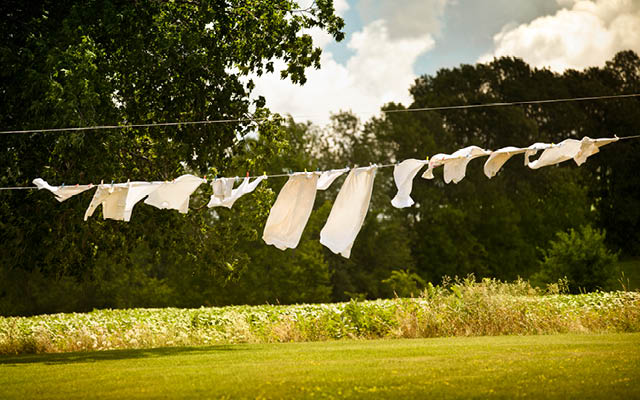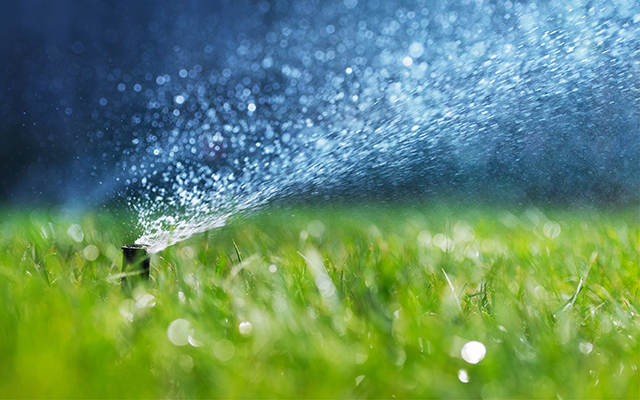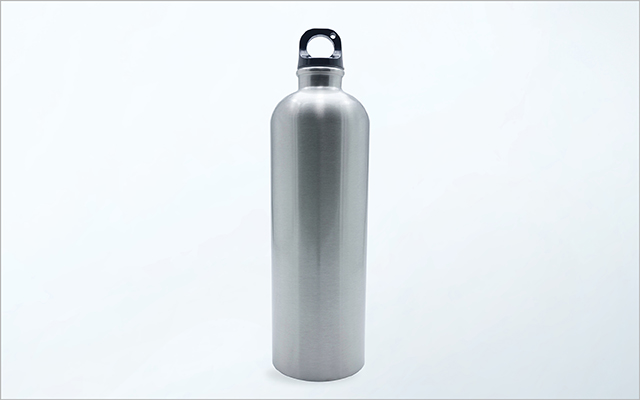1. Adjust water temps. Heating water is responsible for a quarter of residential energy use worldwide, so use cold water whenever possible. Also, setting your water heater thermostat to 120 degrees F is sufficient to get comfortable hot water for most uses.
2. Install a low-flush toilet and you’ll use 1.28 gallons of water per flush instead of 1.6 gallons or more. That will save you, on average, about 50 percent in annual water costs ($10.76 instead of $21.27).
3. Switch to an efficient showerhead. The average American shower lasts 8.2 minutes and uses 17.2 gallons of water. That’s a flow rate of 2.1 gallons per minute (gpm). If you’re using a 5.5 gpm or 2.5 gpm showerhead, replacing it with a 2.0 gpm unit conserves water and keeps money in your bank account.
If your water heater is electric, switching from a 2.5 gpm showerhead to a 2.0 gpm unit could save you $25 annually; if it’s natural gas, you’ll save $15. Look for units marked with the WaterSense label, which certifies the unit uses no more than 2.0 gpm.
No matter what type of showerhead you use, try limiting your showers to five minutes.
4. Front-load your savings by using more-efficient appliances. Top-loading washers use about 40 to 45 gallons per load, but front-loading machines can cut that in half, and they tend to get your clothes cleaner. Wash less by laundering only full loads.
5. Cut the grass. Removing all or part of your lawn and replacing it with native plants reduces water usage, runoff, and flooding; improves biodiversity; and supports pollinators like bees, birds, and butterflies, as well as other wildlife. To find a list of plants native to your area, visit www.plants.usda.gov.
6. Minimize water usage by capturing rainwater in barrels or installing a drip system for irrigation.
7. Avoid evaporation by watering in the morning or evening; ensure that your sprinklers are not watering your sidewalks.
8. Make a clean sweep by tidying driveways, walkways, and garages with a broom instead of spraying them with a hose.
This originally appeared as “Go Green, Save Green” in the March 2020 print issue of Experience Life.




This Post Has 0 Comments